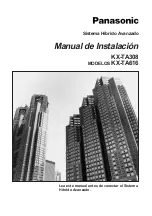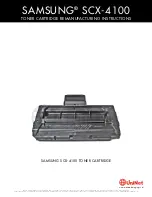
SSBS 3.0 A
2
US-EN
│
13
■
Disposal
Disposal of the device
Electric devices may not be thrown away as part of normal
household trash . If you can no longer use your electric device,
dispose of it in accordance with the legal provisions applicable
in your state . This will ensure that old electric devices are
recycled and environmental pollution is kept to a minimum .
Further information about disposal is available on the internet
at www .epa .gov .
Disposal of batteries
Some batteries contain heavy metals such as mercury, lead,
cadmium, and nickel; therefore, many communities do not
allow them to be thrown away with your regular trash . Recycling
is always the best option for disposing of used batteries .
Dry-cell batteries are used in a variety of electronics and include
alkaline and carbon zinc (9-volt, D, C, AA, AAA), mercuric-oxide
(button, some cylindrical and rectangular), silver-oxide and
zinc-air (button), and lithium (9-volt, C, AA, coin, button, re-
chargeable) batteries . Look for in-store recycling bins or
community collection events to dispose of these batteries .
Disposal of the packaging
The packaging materials have been selected
for their environmental friendliness and ease of
disposal, and are therefore recyclable .
Dispose of packaging materials that are no longer needed in
accordance with applicable local regulations .
Note the marking on the different packaging materials
and separate them accordingly . The packaging mate-
rials are marked with abbreviations (a) and numbers
(b) with the following meanings: 1–7: Plastics,
20–22: Paper and cardboard, 80–98: Composites .
SSBS3.0A2
21.10.2020 12:05:55














































